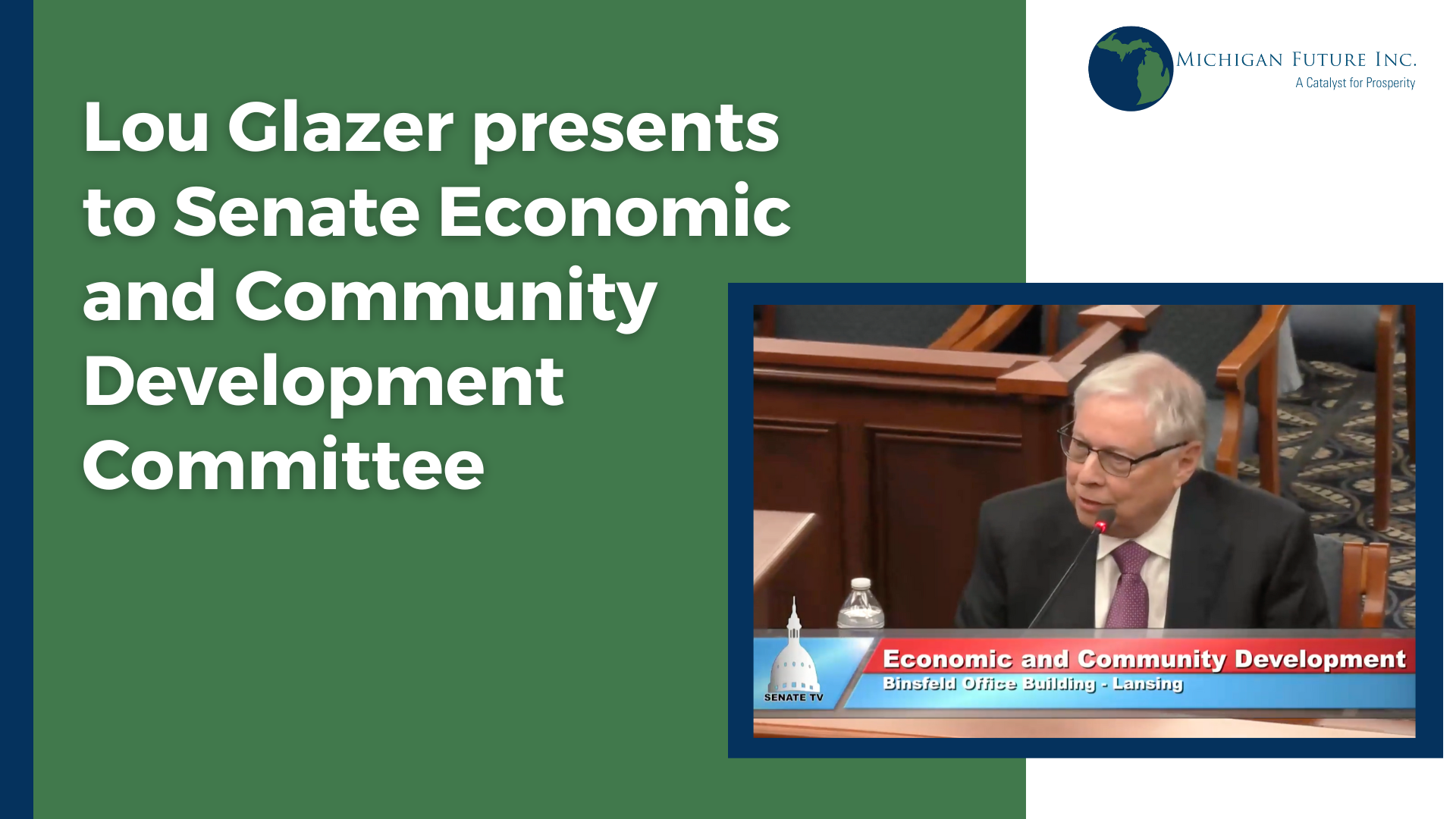Two highly recommended books about poverty in America:
- Stuck in Place by Patrick Sharkey
- $2.00 a Day by Kathryn Edin and Luke Shaefer
In this post we will focus on Stuck in America. I will write about $2.00 a Day in the next.
Sharkey (NYU) details how living in neighborhoods of concentrated poverty across generations disadvantages far more African Americans than whites. What is new and important about Sharkey’s research is that he looks at the effect of concentrated poverty across generations. Specifically the two generations that have lived in America since the passage of the Fair Housing Act in 1968. Sharkey finds that over the last two generations 48 percent of African American households have lived in the poorest quarter of neighborhoods in each generation. For whites its seven percent. He writes:
I find that about 72 percent of black adults living in today’s urban ghettos were raised by parents who also lived in the ghetto a generation earlier. In other words, almost three out of four families living in today’s most segregated, poorest neighborhoods are the same families that lived in the ghettos of the 1970s. … The problem of the urban ghetto is not simply that it has persisted over time, but that the same families have experienced the disadvantages associated with life in the ghetto over multiple generations.
… It is the cumulative effect of living in concentrated disadvantage that is particularly severe. When families live in disadvantaged neighborhoods over multiple generations children show substantially worse developmental outcomes when compared to families that live in poor neighborhoods in a single generation, and this remains true even after we account for everything else about a family that might affect children’s development.
So after more than four decades after banning housing discrimination we still have a preponderance of poor African Americans consigned generation after generation to a small number of neighborhoods of concentrated poverty. If we are to reduce poverty, provide every American with equal opportunity, increase both economic and education mobility (kids doing better than their parents)––all of which nearly all of us say we value––we are going to have to get serious about deconcentrating poverty. Or. as Sharkey proposes as an alternative, are willing to make large scale public investments in neighborhoods of concentrated poverty. At the moment, by and large, we are doing neither.






